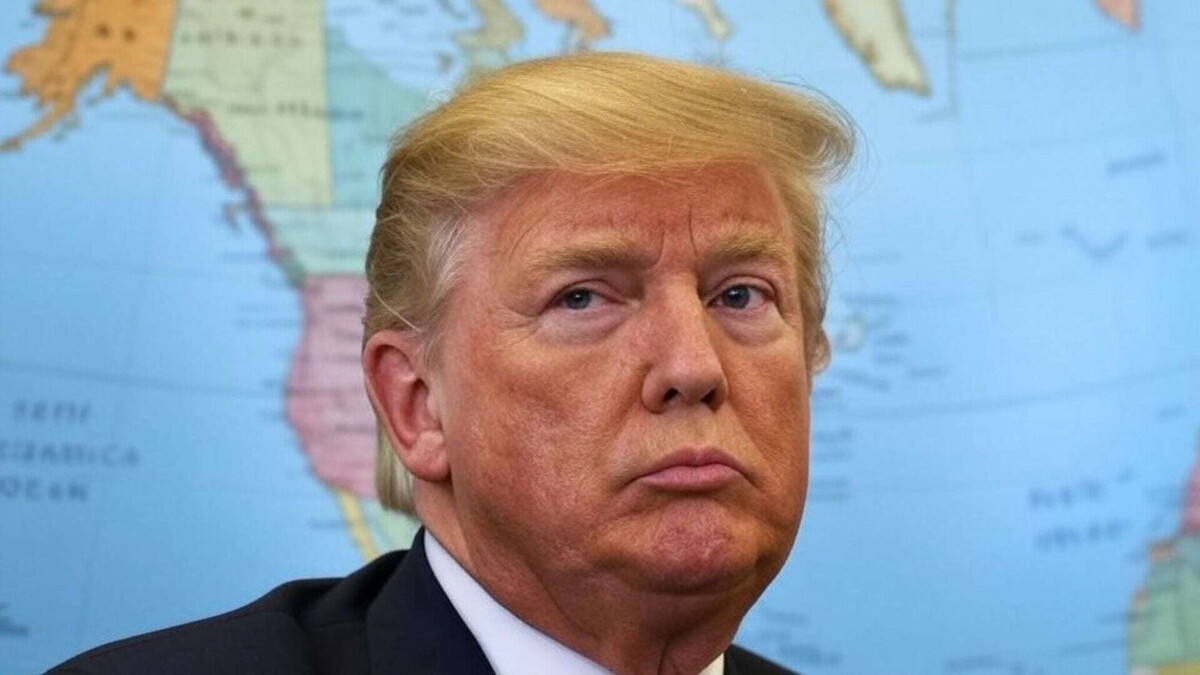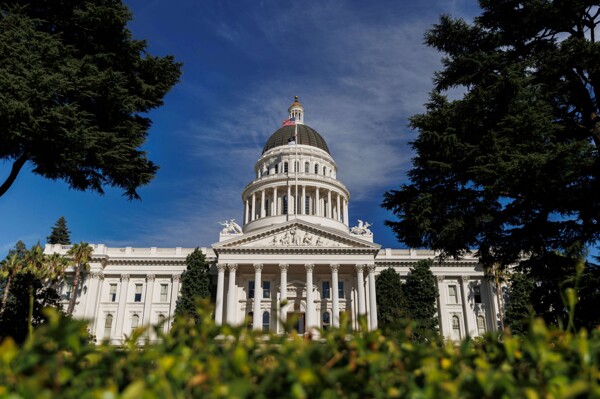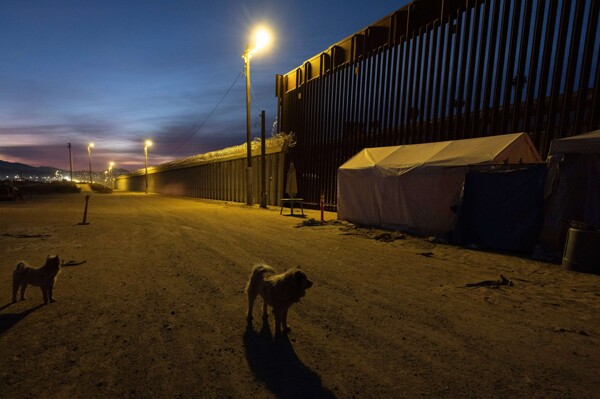
President Donald Trump has reiterated his call for U.S. companies to move their production back to the country instead of relying on factories in Mexico or China. His strategy includes imposing higher tariffs on imports as an incentive for domestic production and job creation in the United States.
In addition to tariffs on Mexico and Canada, the Trump administration is considering adding a 10 percent additional tariff on Chinese products. The White House announced this measure, generating concern and uncertainty in the markets and trade relations between the involved countries.
The Trump administration's firm stance maintains a 25 percent tariff on imports from Mexico and Canada, set to be implemented on February 1. This action is part of the "America First" trade agenda, which aims to protect U.S. industry and reduce reliance on foreign imports.
Donald Trump has been a proponent of protectionist policies, especially in key sectors such as the automotive industry. Although the affected products have not been detailed, it is speculated that technology, electronic products, and manufactured goods could be the most impacted.
The uncertainty surrounding the involved sectors has generated additional tensions, especially in the financial markets, which show signs of nervousness at the possibility of a broader trade war.













